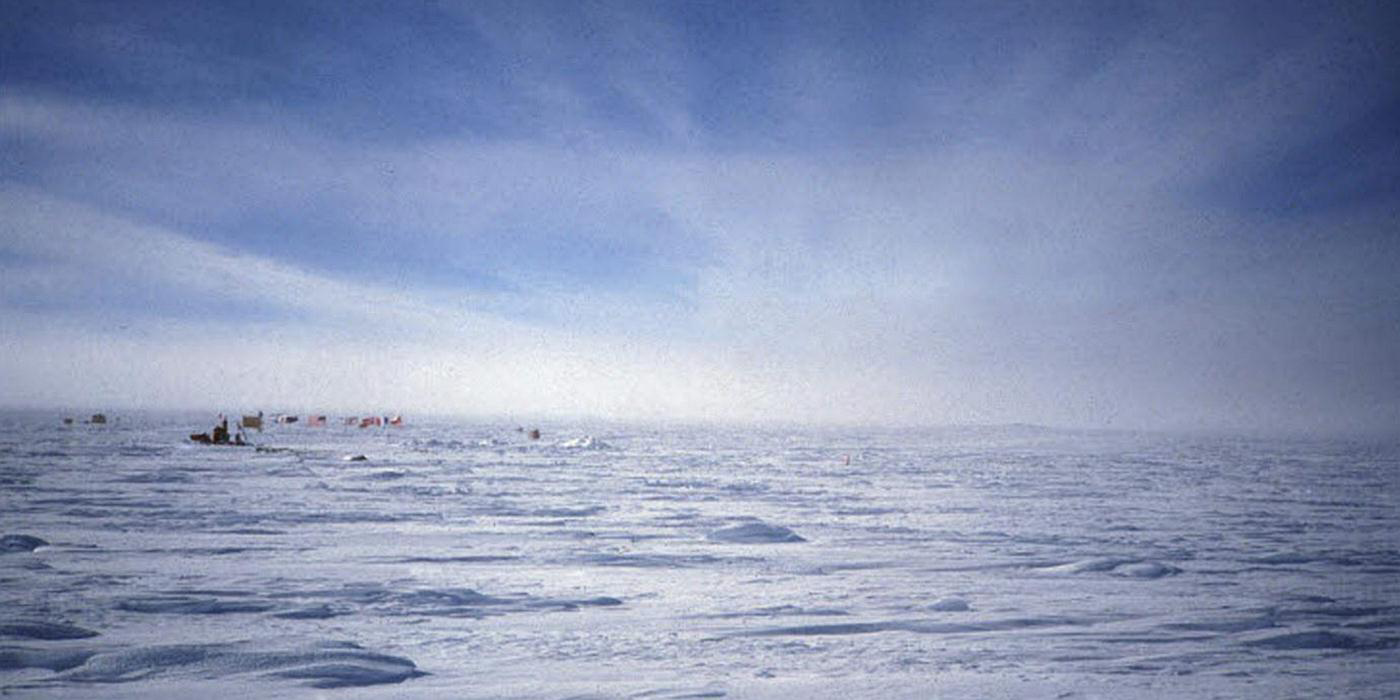One of the significant predictions from Al Gore and the Global Warming Chicken Littles was that the Amazon rainforest would dry up and shift to a savanna. Gore has traveled the world displaying heart-wrenching photos of how it will be when the rainforest is gone. Over and over again during my dozens of radio interviews about my book, The Chicken Little Agenda, I have been asked about the Amazon rainforest. My response has always been that, other than what happens anywhere when you cut down the trees, there is virtually no global connection.
Now researchers from the University of Arizona, using the Modis (Moderate Resolution Imaging Spectroradiometer) instrument on NASA’s Terra satellite, have discovered that during the 2005 drought, many parts of the rainforest “greened” – apparently growing faster rather than slower as predicted by current models.

Modis (Moderate Resolution Imaging Spectro-
radiometer) instrument on NASA’s Terra satellite
Study leader Scott Saleska said, “We measured the changes between the drought [of July to September 2005] and an average year. And what we saw was that there was more photosynthesis going on, more capacity to take up carbon dioxide than in an average year.”
So, what is going on?
In “Through a Glass Darkly,” I wrote about how some people create a mental construct against which they measure everything they see. When these folk come up against information (data) that doesn’t fit the construct, they invariably either ignore, modify, or explain the data, but they rarely modify their construct to accommodate the data. I also pointed out that, surprisingly, many scientists fall into this category. Here we have a perfect example of this.
The UK’s Hadley Centre for Climate Change model is widely accepted in the environmental science community. This model is based partly on the belief that stressed trees in drought conditions will try to preserve their water by reducing loss through leaves. This shut-down should result in a reduction of photosynthesis. This, in turn, should exacerbate the drought by interrupting the supply of water into the atmosphere, a supply which contributes to rainfall. In fact, the Hadley model flatly predicts the collapse of the Amazon rainforest and a change into savanna, and is what Gore and his minions relied upon.
Saleska and team tested whether this mechanism was actually present, and found it is not. The way Saleska put it, however, is that it was not present “…on a short timescale.”
“That doesn’t mean the forest won’t collapse,” Saleska explained, “but it says that the scenario in that model is not right in that particular [situation].” He went on to say that the discrepancy could be explained if the trees were still able to access water reserves with deep root systems.
Chris Jones from the Hadley Centre agreed that the satellite images showed up the short-term constraints of the Hadley model, but did not overturn the long-term predictions of his group.
Jones told BBC News that, “The key thing here is that the tree roots access water deeper than is often represented in models. In most models, including ours, this goes down to about three meters, which for most of the world’s vegetation is fine. But these [Amazon] trees can clearly go deeper than that, so while our model predicts they would suffer during a couple of months of drought, in reality they have access to a much deeper store which doesn’t respond on that timescale.” Then he added that a climatic shift to longer and more frequent drought conditions would eventually diminish the deep-water stores, and make the trees suffer.
It is very interesting that nowhere do any of these researchers indicate than anyone has actually investigated whether or not the Amazon root system really is deeper than it is everywhere else. By making this entirely unsupported statement, the Hadley model is preserved, and the group can continue making general predictions with a model that has patently been shown unable to produce accurate predictions.
In effect, these guys modified their data by making unsupported assumptions about the data source, adjusting their assumptions to make the data fit the model.
This is just one small example of how a significant part of the scientific community is prostituting itself to support anthropogenic global warming and the policies i
t engenders.
This is not science – it’s politics.





Sorry, comments are closed for this post.